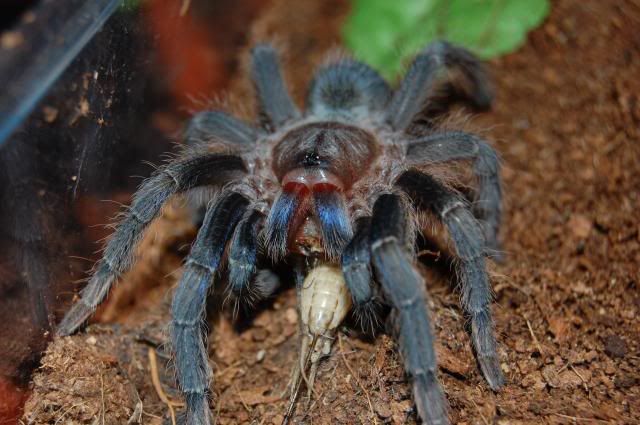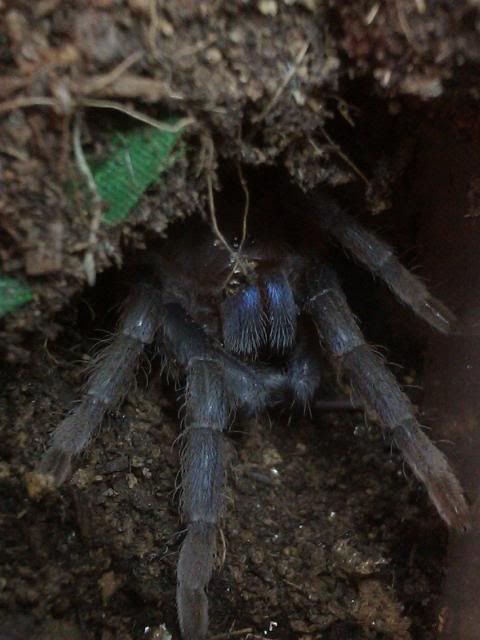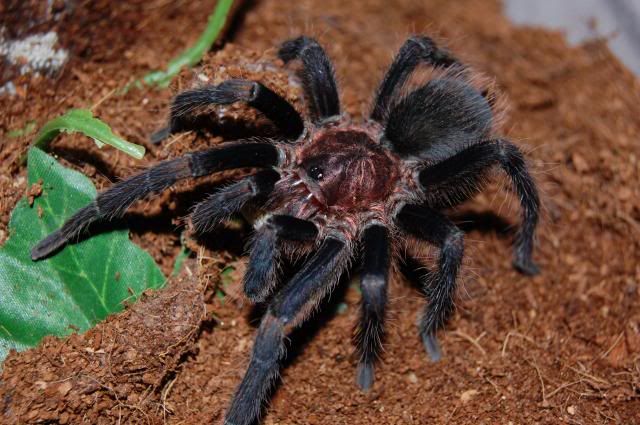Kibosh
Arachnoknight
- Joined
- Dec 6, 2013
- Messages
- 257
Like the title of this thread says. What are the major differences in these species as far as Care, Temperament, Appearance, ect? Love the look of both and want to pick one or the other up soon but trying to get as much info as I can before hand.





